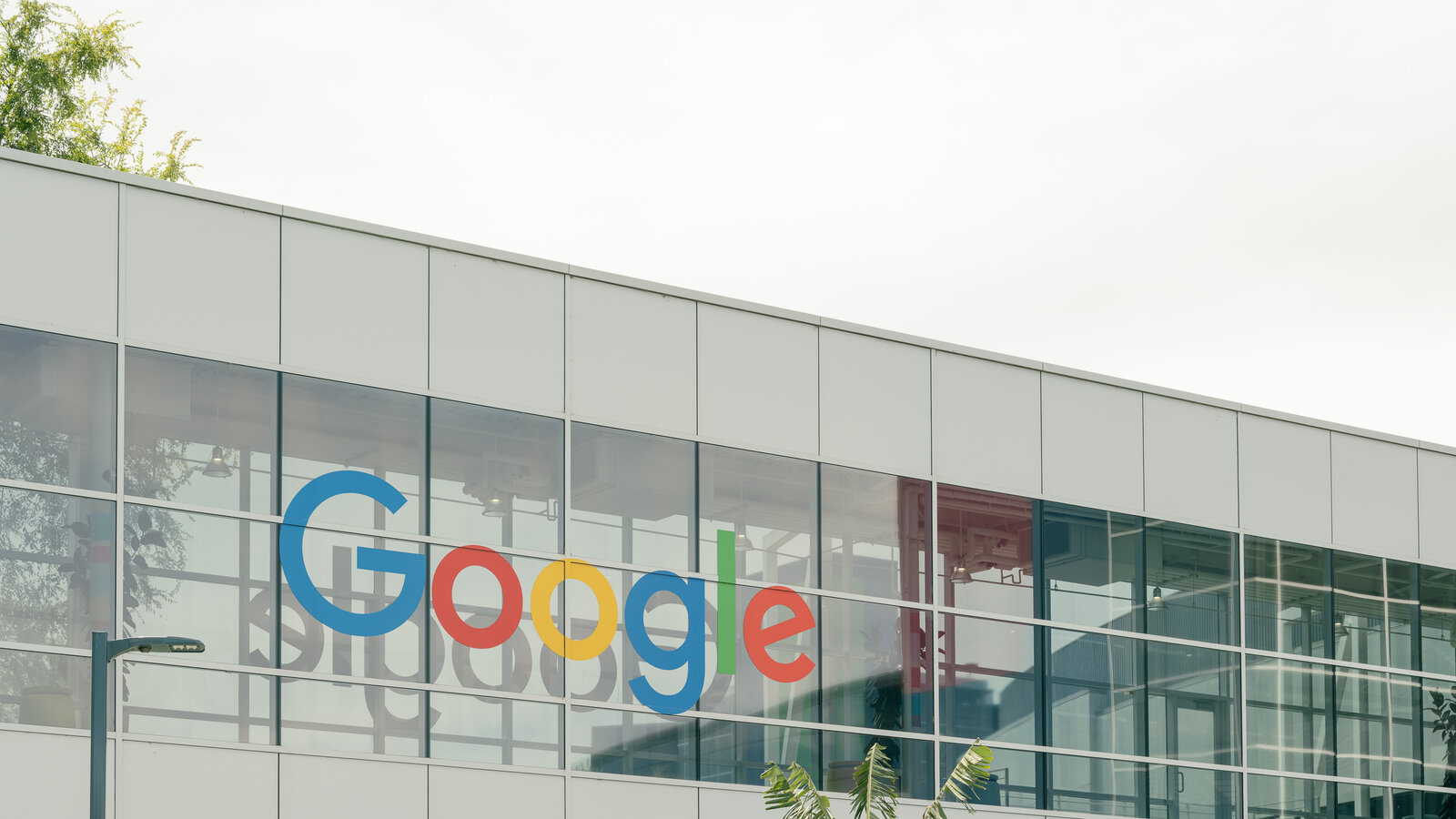Imagine strolling along Ipanema Beach in Rio de Janeiro, the sun dipping low as you grab a fresh coconut from a vendor. Instead of fumbling for cash or swiping a card with hefty fees, you pull out your phone, scan a QR code, and boom—payment made in seconds, for free. That’s the magic of Pix, Brazil’s homegrown instant payment system that’s reshaping how over 200 million people spend money daily. But this convenient habit has caught the eye of U.S. President Donald Trump, who sees it as a threat to American financial dominance, sparking trade tensions that could ripple across global economies.
The Rise of Pix: Brazil’s Digital Payment Revolution
Pix burst onto the scene in November 2020, launched by Brazil’s Central Bank as a response to outdated payment methods that left many transactions slow and expensive. Drawing inspiration from systems like India’s UPI and China’s digital wallets, it promised something simple: instant transfers 24/7 using just a key like your phone number or email. What started as a government initiative has exploded into a national obsession, with Brazilians ditching cash and cards for this seamless tool.
How Pix Works in Everyday Life
Users link their bank accounts to a Pix key, then send or receive money via apps, QR codes, or even proximity sensors for contactless payments. Transactions clear in under 10 seconds, no matter the amount or time of day, making it ideal for everything from splitting bar tabs to paying rent. I once watched a street artist in São Paulo accept Pix from tourists without missing a brushstroke—it’s that frictionless, turning informal economies into digital ones overnight.
From Cash to Clicks: Transforming Everyday Transactions
Before Pix, Brazilians relied on “boletos” slips or cash, which could take days to process and often incurred fees eating into small vendors’ margins. Now, Pix handles nearly half of all financial transactions in the country, with usage surging 52% year-over-year. Vendors like Luciana, a fruit seller I met in a bustling market, swear by it: “No more lost cash or card disputes—Pix keeps things moving.”
This shift isn’t just convenient; it’s cultural. Families use it for allowances, friends for IOUs, and businesses for payroll. During Carnival, millions of transactions fly through the system without a hitch, proving its reliability under pressure.
Economic Impacts and Financial Inclusion
Pix has turbocharged Brazil’s economy by pulling millions into the formal financial system, especially the unbanked and low-income groups who previously stuck to cash. Studies show it could add R$280.7 billion to GDP by 2028 through faster commerce and reduced costs. Cash withdrawals have plummeted by a third since launch, while transaction volumes hit 63.8 billion in 2024 alone.
- Financial Inclusion Boost: Over 160 million users, including informal workers, now have digital trails that help build credit.
- Cost Savings for Businesses: Merchants avoid 2-3% card fees, passing savings to consumers or pocketing more profit.
- GDP Ripple Effects: Quicker payments mean faster economic velocity, stimulating spending and job creation in fintech.
Yet, it’s not all smooth—fraud risks have risen, prompting the Central Bank to introduce security upgrades like biometric verification.
| Metric | Pre-Pix (2019) | Post-Pix (2024) |
|---|---|---|
| Transaction Volume | ~10 billion annually | 63.8 billion |
| Cash Usage Share | High (dominated retail) | Dropped 33% |
| Financial Inclusion Rate | ~70% banked | 80%+ with digital access |
This table highlights Pix’s transformative power, sourced from Central Bank data.
Why the US is Watching Closely: Competition and Concerns
American firms like Visa, Mastercard, and Apple Pay view Pix as a direct rival because it’s free and state-backed, eroding their fee-based models. U.S. companies argue it hoards valuable consumer data that they need for targeted services, while Brazil’s privacy laws limit sharing. In a market where Pix dominates, Big Tech’s wallets like Google Pay linger at under 10% adoption.
Clash with American Giants
Visa and Mastercard have lobbied hard, claiming Pix creates “unfair” advantages by mandating bank participation. Experts like Daniel Kosinski note: “Pix is tough to beat because it’s free and local—foreign players never gained traction.” It’s like watching a home team crush the visitors; U.S. firms feel sidelined in a lucrative emerging market.
This tension ties into broader gripes: Brazil’s regulations on digital platforms, including content liability and data protection, which echo EU GDPR and frustrate Silicon Valley.
Trump’s Trade War: Tariffs and Investigations
In July 2025, Trump escalated by threatening—and partially imposing—50% tariffs on Brazilian imports, citing “unfair practices” including Pix. The USTR launched a Section 301 probe, accusing Brazil of discriminatory digital trade that burdens U.S. commerce. Effects? Higher costs for U.S. consumers on Brazilian goods like coffee and beef, with estimates of 0.16% GDP hit for Brazil and job losses.
These moves aren’t isolated; they’re linked to protecting ally Jair Bolsonaro from coup charges and pressuring Brazil over BRICS ties. Trump called it a fight against “anti-American policies,” but critics see it as bullying to favor U.S. tech.
Pros of Trump’s Approach:
- Protects U.S. jobs in finance and tech.
- Leverages trade for political gains.
Cons:
- Inflates prices for American shoppers.
- Strains alliances, boosting rivals like China.
Brazil’s Defiant Stand for Sovereignty
Brazil’s government fired back with a viral campaign: “PIX belongs to Brazil and the Brazilian people!” President Lula da Silva wrote in an op-ed, “We cannot be penalized for innovating.” Finance Minister Fernando Haddad clarified Pix replaces cash, not U.S. firms, emphasizing its role in inclusion.
Public sentiment echoes this—Reddit threads buzz with defiance: “Messing with Pix is political suicide here.” It’s a David vs. Goliath story, where everyday users rally against foreign interference, much like how I felt watching locals prioritize national pride over global giants during a trip to Brasília.
Global Implications: BRICS and Beyond
Pix serves as a model for BRICS nations seeking dollar-independent payments, with Trump threatening tariffs on any rival currency efforts. This could accelerate de-dollarization, as seen in BRICS’ push for unified platforms, potentially reshaping trade flows.
Economists like Paul Krugman hail Pix as “the future of money,” suggesting even the U.S. could learn from partial CBDCs. For Brazil, it means bolstering Drex, a blockchain-based digital real to complement Pix.
Where to get started with Pix abroad? Expats can link international accounts via apps like Wise, but check fees. Best tools? Central Bank apps or fintechs like PagBrasil for cross-border tweaks.
Pros and Cons of Pix in the Modern Economy
Pix’s appeal lies in its accessibility, but like any innovation, it has trade-offs.
Pros:
- Instant and free, slashing costs for users and merchants.
- Boosts inclusion for underserved populations.
- Enhances security with real-time monitoring.
Cons:
- Rising scams require user vigilance.
- Limited international use without bridges.
- Potential government overreach in data handling.
In comparison to credit cards, Pix wins on speed but lacks rewards programs—though that’s changing with fintech add-ons.
Comparing Pix to Global Payment Systems
Pix stands out in a crowded field, but how does it stack up?
| System | Country | Key Feature | Adoption Rate |
|---|---|---|---|
| Pix | Brazil | Free, instant 24/7 | 80%+ population |
| UPI | India | QR-based, low-cost | 300M+ users |
| Zelle | USA | Bank-linked P2P | Limited to banks |
| Alipay | China | Ecosystem integration | 1B+ users |
Pix edges UPI in transaction speed but trails Alipay in e-commerce tie-ins. For businesses eyeing Brazil, tools like Stripe’s Pix integration (stripe.com) are essential for entry.
People Also Ask
Google users often seek clarity on Pix amid its buzz. Here’s what they’re asking, with straightforward answers.
What is the Pix payment system in Brazil?
Pix is an instant payment platform run by Brazil’s Central Bank, allowing real-time transfers via keys like phone numbers or QR codes, free for users.
How does Pix work for foreigners?
Foreigners can use Pix through local bank apps or wallets like 99 Pay, topping up via cards or transfers, though fees apply for non-residents.
Why is Pix considered the future of money?
Its speed, cost-free model, and inclusion have earned praise from experts like Krugman, positioning it as a blueprint for efficient public payment systems.
What are the risks of using Pix?
Scams via fake QR codes are common, so verify sources and use official apps; the Central Bank offers fraud reporting tools.
FAQ
Q: Is Pix safe for daily use?
A: Yes, with end-to-end encryption and limits on high-value transfers, but always double-check recipients to avoid phishing—I’ve used it safely for years in Brazil.
Q: How has Pix affected credit card usage?
A: It has reduced reliance on cards for small transactions, cutting fees, but cards persist for credit and rewards; overall, Pix complements rather than replaces them.
Q: Will Trump’s tariffs kill Pix?
A: Unlikely—Brazilians love it too much, and it’s domestically run. Tariffs hurt trade more than Pix, which Brazil defends as sovereign tech.
Q: Can I integrate Pix into my business?
A: Absolutely—use APIs from banks or platforms like EBANX for e-commerce; it’s a must for reaching Brazilian customers efficiently.
Q: What’s next for Pix?
A: Expansions like programmable payments via Drex CBDC will add smart features, further embedding it in Brazil’s digital fabric.
As tensions simmer, Pix symbolizes Brazil’s push for self-reliance in a dollar-dominated world. Whether Trump’s pressure forces changes or strengthens resolve, one thing’s clear: this digital habit isn’t fading anytime soon. For more on Pix, visit the Central Bank’s site (bcb.gov.br). It’s a reminder that innovation can both unite a nation and ignite global rivalries—much like that coconut on the beach, sweet but with a tough outer shell.
(Word count: 2,748)




